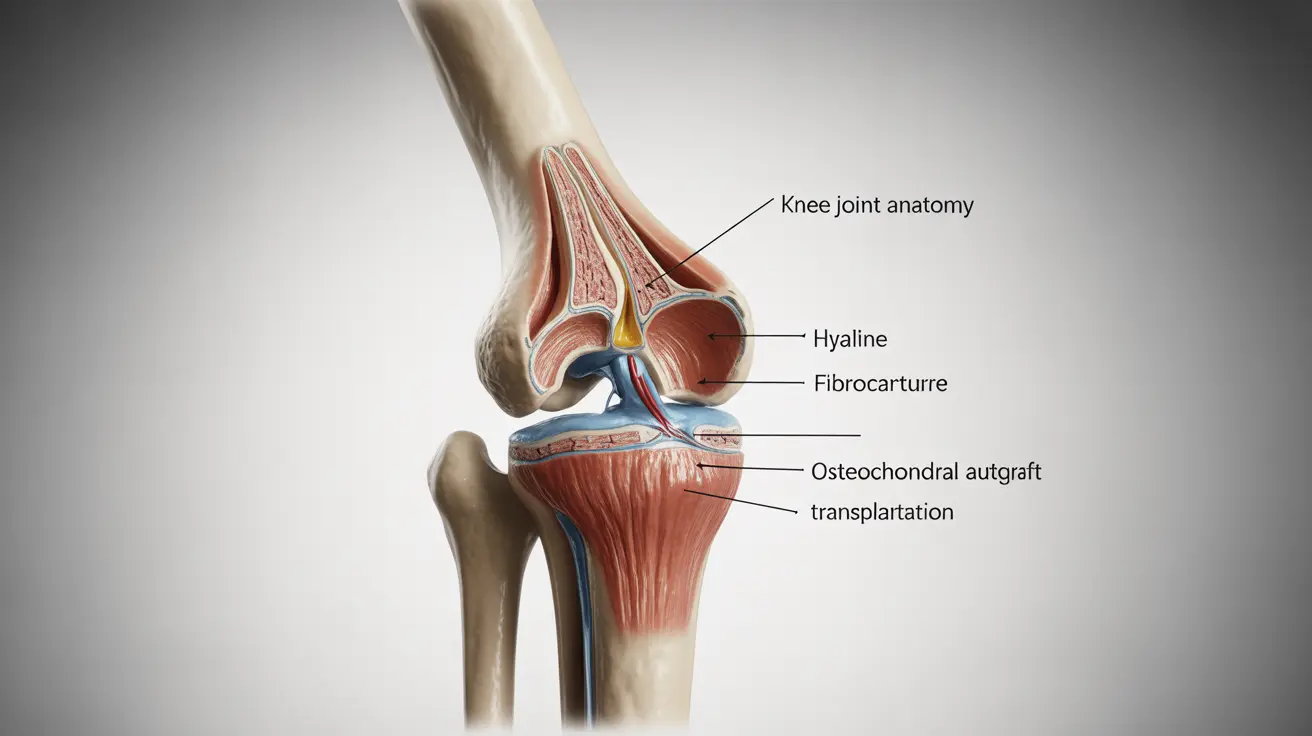Laboratory tests play a pivotal role in diagnosis, measuring hormone levels to confirm the condition. Understanding these symptoms and the diagnostic process is vital for patients and healthcare providers alike, ensuring timely treatment and management to maintain quality of life.
What is Adrenal Insufficiency?
Adrenal insufficiency is a disorder characterized by the adrenal glands' inability to produce adequate amounts of certain hormones, primarily cortisol and, in some cases, aldosterone. These hormones are vital for regulating metabolism, immune response, blood pressure, and the body's response to stress.
Adrenal Glands' Function:
- Located above the kidneys, these glands are responsible for releasing hormones directly into the bloodstream.
- Cortisol, the primary stress hormone, helps regulate metabolism, inflammation, and blood sugar levels.
- Aldosterone helps control blood pressure by managing salt and water balance in the body.
Types of Adrenal Insufficiency:
- Primary Adrenal Insufficiency (Addison's Disease): This occurs when the adrenal glands themselves are damaged, leading to insufficient hormone production. It's often caused by autoimmune diseases, infections, or genetic conditions.
- Secondary Adrenal Insufficiency: This results from a lack of adrenocorticotropic hormone (ACTH), which stimulates the adrenal glands to produce hormones. It's commonly caused by issues with the pituitary gland or long-term steroid use that suppresses ACTH production.
Understanding the distinction between primary and secondary adrenal insufficiency is crucial for accurate diagnosis and treatment, as the causes and potential complications may differ..
Symptoms of Adrenal Insufficiency
Adrenal insufficiency presents a spectrum of symptoms that can affect individuals differently, ranging from general malaise to life-threatening adrenal crises:
General Symptoms:
- Fatigue: A profound sense of tiredness that rest doesn't alleviate, often worsening after stress.
- Muscle Weakness: Difficulty in performing everyday tasks that require strength.
- Loss of Appetite: Accompanied by weight loss and gastrointestinal discomfort.
Acute Adrenal Failure (Adrenal Crisis):
- Severe Abdominal Pain: Often sharp and debilitating.
- Hypotension: Dangerously low blood pressure leading to dizziness or fainting.
- Vomiting and Diarrhea: Leading to severe dehydration.
- Confusion or Coma: Due to extreme shifts in hormone levels.
Long-Term Symptoms and Effects on Quality of Life:
- Chronic Fatigue: Affecting work and social life.
- Depression or Anxiety: Resulting from hormonal imbalances and lifestyle limitations.
- Sexual Dysfunction: Due to hormonal changes affecting libido and performance.
- Increased Susceptibility to Infections: Because of the immune system's compromised state.
Recognizing these symptoms early is critical, as adrenal insufficiency can progressively impair quality of life. An adrenal crisis requires immediate emergency care to prevent potentially fatal complications. Long-term symptoms necessitate ongoing management to maintain a semblance of normalcy in daily activities.
Who is at Risk?
Adrenal insufficiency can affect individuals of any age or gender, but certain factors increase the risk of developing this condition:
Risk Factors for Developing Adrenal Insufficiency:
- Autoimmune Disorders: The most common cause of primary adrenal insufficiency, where the immune system mistakenly attacks the adrenal glands.
- Genetic Factors: Family history of adrenal insufficiency or related genetic disorders can predispose individuals to the condition.
- Infections: Tuberculosis and other fungal infections can damage the adrenal glands.
- Hemorrhage or Blood Clots: Adrenal bleeding can lead to adrenal crisis and insufficiency.
- Cancer: Metastatic disease can affect adrenal function.
Genetic Predispositions and Autoimmune Considerations:
- Polyglandular Autoimmune Syndromes: These syndromes involve multiple endocrine gland deficiencies, including the adrenals.
- Single Gene Mutations: Certain genetic mutations can directly impact adrenal gland development and hormone production.
Impact of Long-Term Steroid Use:
- Suppression of ACTH: Chronic steroid therapy can suppress the pituitary hormone ACTH, leading to secondary adrenal insufficiency.
- Adrenal Atrophy: Prolonged lack of ACTH can cause the adrenal glands to shrink and lose function.
Understanding these risk factors is essential for early detection and management of adrenal insufficiency. Individuals with these risk factors should be closely monitored for signs of adrenal dysfunction and receive appropriate medical guidance.
Laboratory Tests for Diagnosis
Diagnosing adrenal insufficiency relies on a series of laboratory tests that assess adrenal function and hormone levels:
Blood Tests to Measure Cortisol Levels:
- Baseline Cortisol: Measured typically in the morning when levels should be at their peak.
- Synthetic ACTH Test: Measures cortisol response after administration of synthetic adrenocorticotropic hormone (ACTH); a poor response suggests adrenal insufficiency.
ACTH Stimulation Test for Adrenal Function:
Standard Test: Evaluates the adrenal glands' ability to produce cortisol in response to ACTH.
Long ACTH Stimulation Test: Used if the standard test is inconclusive, involves multiple measurements over a longer period.
CRH Stimulation Test:
Corticotropin-Releasing Hormone (CRH) Test: Helps distinguish between primary and secondary adrenal insufficiency by measuring ACTH and cortisol response to CRH.
Additional Tests:
- Antibody Tests: Detect antibodies that target adrenal tissues in autoimmune adrenal insufficiency.
- Imaging Tests: CT or MRI scans can identify structural abnormalities of the adrenal or pituitary glands.
- Electrolyte Measurements: Can reveal characteristic changes associated with adrenal insufficiency, such as high potassium and low sodium levels.
These tests are critical for confirming the diagnosis of adrenal insufficiency and determining whether it is primary or secondary. The results guide the healthcare provider in developing an appropriate treatment plan.).
Interpreting Test Results
Interpreting the results of diagnostic tests for adrenal insufficiency is a nuanced process that requires understanding the normal ranges and what deviations from these ranges could signify:
Understanding Normal Ranges for Cortisol:
- Cortisol levels typically peak in the early morning (around 7 a.m.) and decline throughout the day, with the lowest levels at midnight.
- Normal morning cortisol levels usually range between 10-20 micrograms per deciliter (µg/dL).
What Abnormal Results Might Indicate:
- Low Cortisol: Consistently low cortisol levels, especially in the morning, may indicate adrenal insufficiency.
- Poor Response to ACTH: If cortisol levels don't rise adequately after an ACTH stimulation test, it suggests the adrenal glands aren't functioning properly.
- Elevated ACTH with Low Cortisol: Often seen in primary adrenal insufficiency, indicating the pituitary gland is trying to stimulate the adrenal glands, which are not responding.
The Importance of Dynamic Testing and Response Interpretation:
- Dynamic tests, like the ACTH stimulation test, assess the functionality of the adrenal glands over time rather than a single snapshot.
- Interpreting these tests requires considering the patient's symptoms, medical history, and other lab results to understand the full clinical picture.
- The body's response to synthetic hormones can help differentiate between primary and secondary adrenal insufficiency and guide further testing or treatment.
Accurate interpretation of these tests is crucial for a definitive diagnosis and to tailor a treatment plan that addresses the specific type and cause of adrenal insufficiency.
Treatment and Management
Effective treatment and management of adrenal insufficiency are vital to restoring health and preventing crises:
Treatment Options:
- Hormone Replacement Therapy: The mainstay treatment, typically involving hydrocortisone, to replace deficient cortisol. Fludrocortisone may be added for aldosterone replacement in primary adrenal insufficiency.
- Adjustable Dosing: Dosage may be increased during periods of stress or illness to mimic the body's natural response.
Lifestyle and Dietary Considerations:
- Stress Management: Learning and employing stress-reduction techniques can help manage cortisol needs.
- Diet: A balanced diet with sufficient sodium intake is important, especially for those on fludrocortisone, which affects sodium retention.
- Emergency Plan: Carrying a medical alert card and emergency injection kit for hydrocortisone is recommended for crisis situations.
Monitoring and Managing Long-term Health:
- Regular Check-ups: Ongoing medical supervision to monitor hormone levels and adjust treatment as necessary.
- Bone Health: Monitoring and maintaining bone density is important due to the risk of osteoporosis associated with chronic steroid use.
- Education: Understanding the condition to recognize signs of under or over-replacement of hormones.
Adherence to treatment and lifestyle adjustments, along with regular medical follow-up, are key to managing adrenal insufficiency. Patients should be empowered with knowledge and tools to handle potential emergencies and maintain their quality of life.
Living with Adrenal Insufficiency
Living with adrenal insufficiency involves daily vigilance and an understanding of how to manage the condition effectively:
Daily Management of the Condition:
- Medication Adherence: Taking hormone replacements at the same times each day to mimic the body's natural rhythms.
- Hydration: Ensuring adequate fluid intake, as dehydration can exacerbate symptoms.
- Balanced Diet: Eating a well-balanced diet that supports overall health and hormone production.
Emergency Management (Adrenal Crisis Action Plan):
- Emergency Injection: Keeping an emergency hydrocortisone injection on hand and knowing when and how to use it.
- Education: Ensuring that family, friends, and coworkers understand the condition and the necessary steps in an emergency.
- Medical Alert Identification: Wearing a bracelet or carrying a card that identifies the condition to emergency personnel.
Support Systems and Resources:
- Support Groups: Joining patient support groups for shared experiences and advice.
- Healthcare Team: Building a relationship with a healthcare team knowledgeable about adrenal insufficiency.
- Educational Material: Utilizing resources provided by endocrinology societies and patient advocacy organizations for up-to-date information.
Living with adrenal insufficiency requires a proactive approach to health, with a strong support network and a clear plan for managing daily life and potential emergencies. With the right strategies and support, individuals can lead full, active lives.
If you're experiencing symptoms such as unexplained fatigue, muscle weakness, or abdominal pain, it's crucial to listen to your body. Adrenal insufficiency can be a serious condition, but it's also treatable once identified.
Don't wait for symptoms to escalate. Reach out to your healthcare provider and discuss whether you should be tested for adrenal insufficiency. Early diagnosis can make a significant difference in your treatment and quality of life. Take the first step towards better health today—schedule an appointment for a medical evaluation. Your well-being is worth it.




